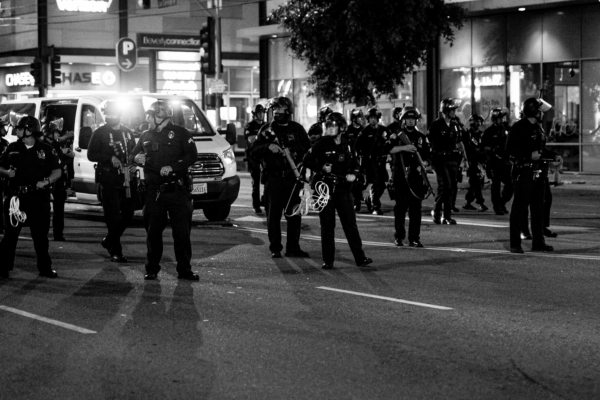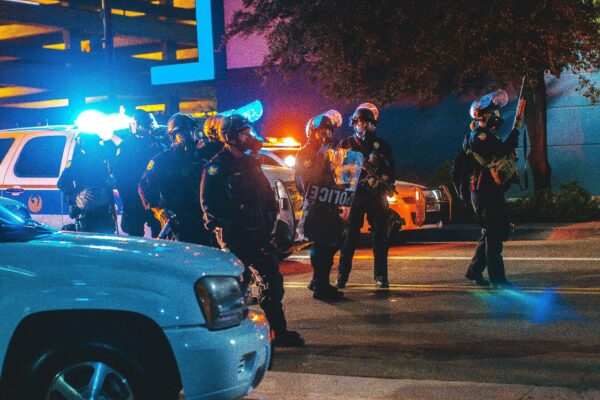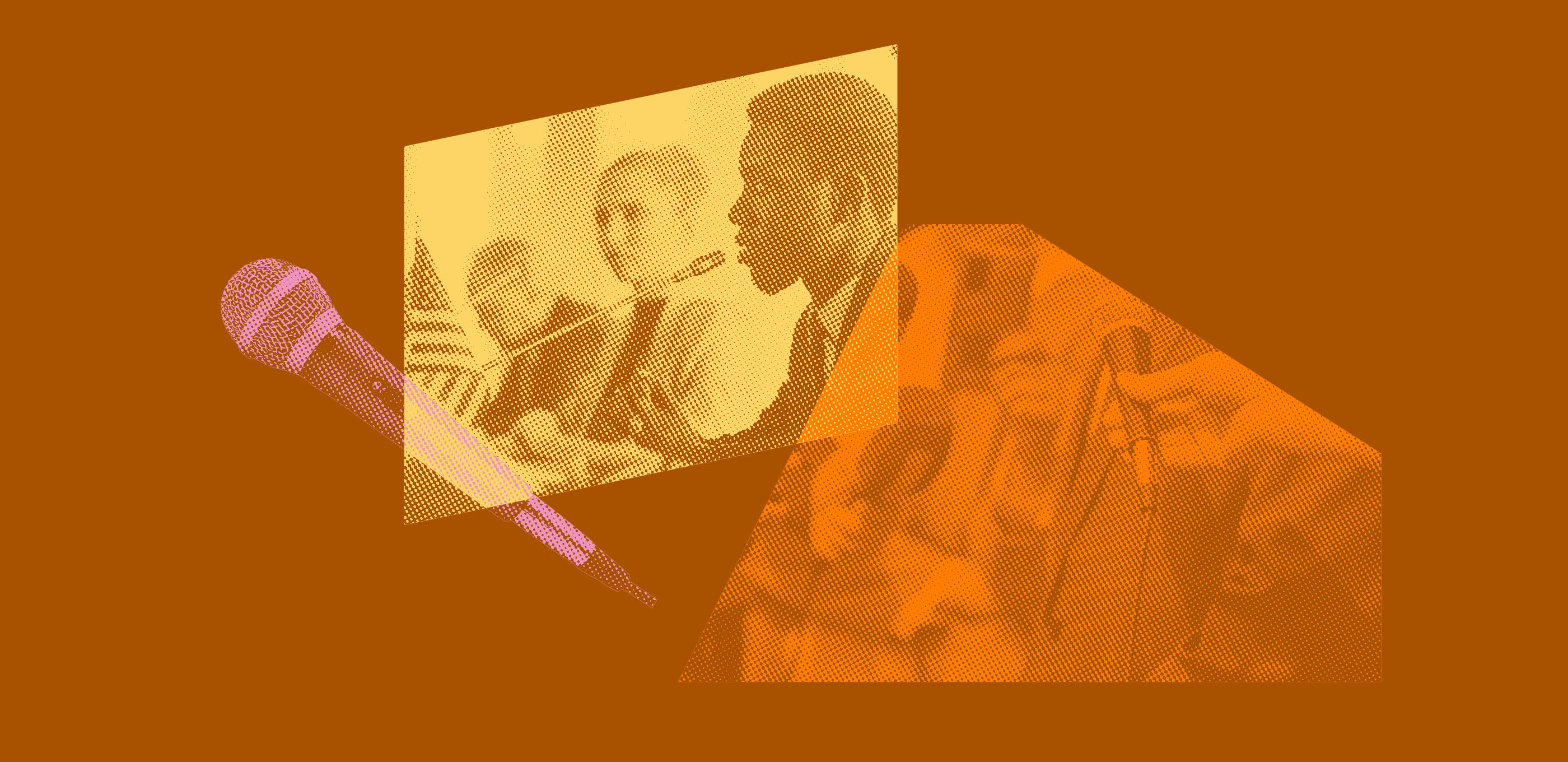As Hoosiers continue to march the streets, demanding police reform and an end to police violence against Black and Brown people, we are confronted with images and videos of police using tear gas on peaceful protesters and making mass arrests of demonstrators who are practicing their First Amendment rights.
Officers have lined city streets armed with rubber bullets and tear gas across the country, and President Trump has endorsed sending in military, encouraging governors and mayors to use “overwhelming force” and “domination.” But the deployment of military personnel and excessive force used against protesters only escalates the risks to all, while threatening Americans’ constitutional rights.
In times such as these, we must point out patterns of racial bias and discrimination in law enforcement’s response to different protests. When we do, we will recognize a pattern, from the past into the present, that suppresses protests by Black and Brown people. Violations of the First Amendment plagued the civil rights movement. In the early 1960s, for example, prominent Black citizens went to pray for justice on the steps of city hall in Albany Georgia, and they were arrested. Similarly, last weekend in Indianapolis, tear gas was used during a peaceful protest in which a Pastor lead his congregation from Liberty Tabernacle to the steps of Monument Circle for a prayer vigil.
Just within the last month we have seen a stark contrast in how police and elected officials responded to two very different groups peacefully protesting two very different issues - the protests in Indianapolis catalyzed by the killing of George Floyd and Dreasjon Reed and, just weeks earlier, the protests in Indianapolis against the stay-at-home orders amid COVID-19.
Hoosiers protesting Indiana’s stay-at-home order gathered in front of the Governor Holcomb’s mansion. Some protesters were armed and dressed in militaristic gear. Nonetheless, they were not met with tear gas or a heavy police presence. But as Black Lives Matter protesters marched up Meridian Street to the governor's mansion, they were met by a large line of police officers a block before arriving at their destination, with National Guard on standby. Hoosiers watched anxiously, in fear of escalation. While this protest near the Governor's mansion did not end with the use of tear gas, there have been reports of its use on peaceful Black Lives Matter protesters throughout Indiana, in cities such as Indianapolis, Fort Wayne and Lafayette.
In addition to the frequent unlawful arrest or use of force against antiracist protesters, the FBI also has a long history of tracking leaders of the Black movement - from Marcus Garvey to W.E.B. Du Bois and Martin Luther King Jr. And since the uprising of the antiracist movement in the 21st century, the ACLU has obtained FBI documents which revealed that between 2015 and 2018, the FBI dedicated considerable time and resources to opening a series of “assessments” into the activities of individuals and groups it mostly labeled “black separatist extremists.” Many of these reports were then shared with local police forces, painting Black activists as a threat to the community.
When observing how police have reacted to recent peaceful protests throughout the country, it is clear that attempts to paint Black activists as a threat have been successful.
Now, as we observe this stark contrast in how the police and elected officials respond to different protests during these heated times, we must not forget our country’s history. A history of Black and antiracist protesters being met with tear gas, Black civil rights leaders being tracked by the FBI, and black organizations being labeled “black identity extremists” or terrorist groups. We must ensure that protesters’ voices can be heard and that their right to free speech is not muffled by the militaristic tactics being used against them.
If you believe your rights were violated while protesting read this FAQ and if appropriate, submit a legal request with the ACLU of Indiana.



